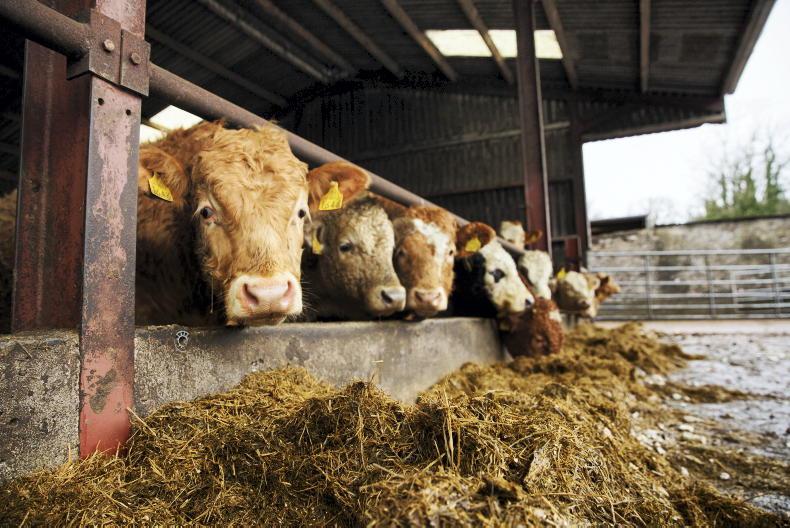To receive payments under the new Beef Carbon Reduction Scheme (BCRS), farmers will have to complete an ‘opt-in’ process via the DAERA website.
The requirement is a one-off and does not need to be repeated each year of the scheme, however, for anyone who wants to claim payments for 2024, it will need to be done before the end of this year.
The details relating to the BCRS are currently being communicated to farmers via a series of CAFRE meetings across NI.
At an event held at Loughry campus, Ciaran Hamill from CAFRE confirmed that the “final touches” are being made to the ‘opt-in’ requirement and it should be live on the DAERA website from mid-April.
He said it will be simple to complete and it can also be done by an agent working on behalf of the farmer. “You don’t have to submit any additional data. All the information to process a payment is already there,” he confirmed.
From 1 April the BCRS payment moves to a final rate of £75 per head, having gradually increased from January (£20) through to February (£40) and March (£60). All steers, heifers and young bulls slaughtered at under 30 months in the first year are eligible, so long as they are NI born cattle and go for human consumption. Cattle must be slaughtered in NI or go for direct slaughter elsewhere.
TB reactors are not eligible for the payment, while heifers must not have had a calf or stillborn registered against their tag number. The payment goes to the person who has owned the animal at least “60 continuous days” in the last 100 days of life. Payments for eligible cattle slaughtered in 2024, will made as a lump sum in March 2025.
Limits
Next year only cattle slaughtered under 28 months will be eligible and this limit drops to 27 months in 2026 and under 26 months for 2027 and beyond.
There is an overall scheme limit of 352,000 head, which is broadly similar to the clean cattle kill in recent years. If this total is breached, payment rates will be cut to stay within budget. However, with Republic of Ireland imports not eligible and some cattle not meeting the age limit, this is unlikely to occur. Any unspent funds will be “reallocated across other support payments, at the discretion of the DAERA Minister,” said Hamill.
Profitable
CAFRE advisers maintain that through good grassland and overall feeding management it is possible to reduce the overall slaughter age of cattle, while achieving the same slaughter weights and without feeding extra concentrate. Ultimately it is a more profitable finishing system.
“The aim is not to lower production at all, nor carcase weights. It is about changing behaviour – the same weight, earlier,” said Hamill. He pointed out that farmers don’t have to avail of the scheme and in some instances the £75 might not be enough of an incentive.
However, finishing cattle at younger ages will lead to lower greenhouse gas emissions from NI beef production. Assuming the cattle breeding herd remains steady, it will result in less cattle on NI farms. “It is about reducing our carbon footprint. We can’t not take action,” said Hamill.






 This is a subscriber-only article
This is a subscriber-only article









SHARING OPTIONS: